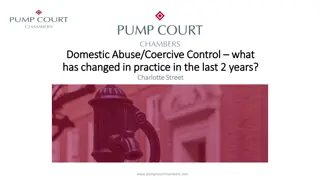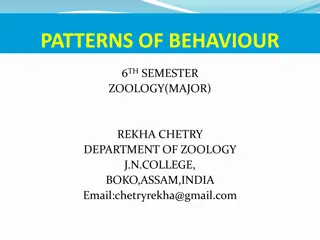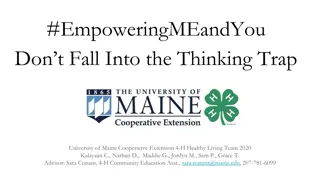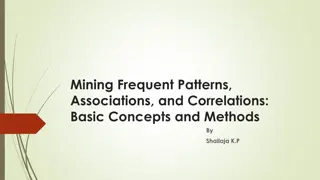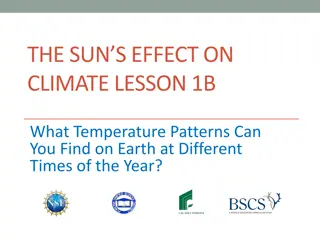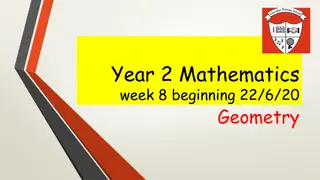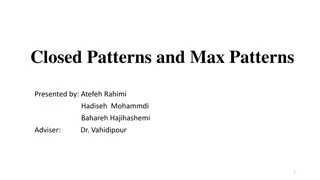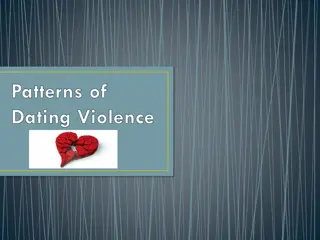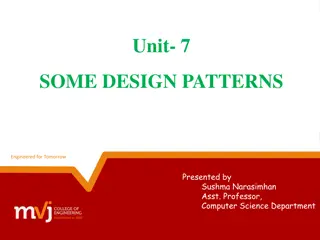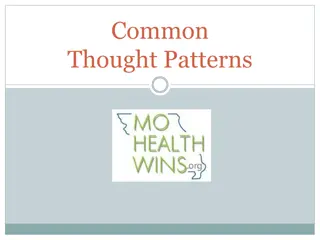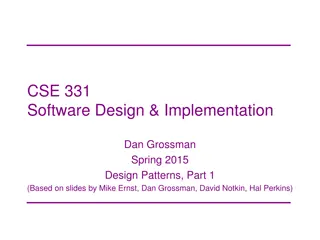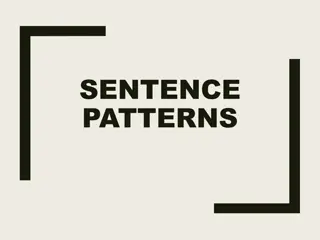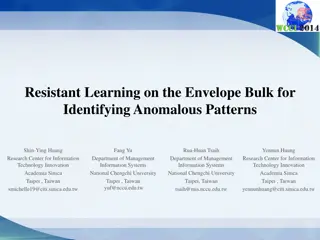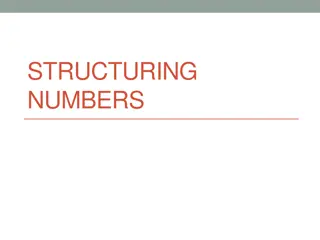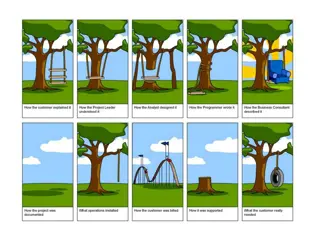Recognizing Harmful Relationship Patterns
Understand the harmful dynamics in relationships such as being a people pleaser, enabler, clinger, fixer, distancer, or controller. Learn to identify these behaviors to foster healthier and more balanced relationships.
Download Presentation

Please find below an Image/Link to download the presentation.
The content on the website is provided AS IS for your information and personal use only. It may not be sold, licensed, or shared on other websites without obtaining consent from the author.If you encounter any issues during the download, it is possible that the publisher has removed the file from their server.
You are allowed to download the files provided on this website for personal or commercial use, subject to the condition that they are used lawfully. All files are the property of their respective owners.
The content on the website is provided AS IS for your information and personal use only. It may not be sold, licensed, or shared on other websites without obtaining consent from the author.
E N D
Presentation Transcript
1. People pleaser The people pleaser is a person who constantly seeks the approval of others. A people pleaser might choose harmful behaviors, such as underage drinking, gossiping about others, because others want him or her to do so. A people pleaser seeks approval at all costs. People pleaser seen as a doormat because they can walk all over the people pleaser. Lacks self-respect and blocks the potential for developing relationships.
2. The enabler An enabler is a person who supports the harmful behavior of others. E Enabler might deny or refuse to acknowledge that another person is participating in behavior that might result in negative consequences. The enabler might make excuses for a person with harmful behavior or help the person carry out wrongful behavior. Example: A family member may be drunk and unable to go to work. The enabler might call the employer and say the family member has the flu. The enabler does not make other people accountable for their behavior.
3. The clinger A clinger is a person who is needy and dependent. Clinger feels empty and wants the constant attention of another person in order to feel better. Unable to give another person his or her space. Monopolizes another person s time and attention. The other person feels suffocated by the clinger.
4. The fixer A fixer is a person who tries to fix another person s problems. The fixer offers constant advice and might try to choose solutions for another person. The fixer might assume responsibility for another person s difficulties. For example, a friend might be failing a course in school that will keep the friend off an athletic team. The fixer might do the friend s homework and projects. A friend might be having difficulty in a relationship and seek out the fixer as a sounding board. Rather than just listening, the fixer might go into detail as to what the friend should say and do.
5. The distancer A distancer is a person who is emotionally unavailable to others. There are a variety of ways in which the distancer can keep other people at arm s length. Ex: The distancer might be too busy in order to avoid being close. The distancer might avoid certain topics so that he or she will not have to share feelings. The distancer attempts to reduce the risk of being emotionally hurt.
6. The controller A controller is a person who is possessive, jealous, and domineering. The controller seeks to have power over others. The controller wants other people to do what he or she wants to do. At first, the a person might feel especially important because the controller is so jealous and possessive and overly involved. However, these characteristics can become threatening. The controller who is jealous and possessive might use physical force to get his or her way.
7. The center A center is a person who is self-centered. This person is interested only in his or her own beliefs, attitudes, and ideas. Often the center does not listen when others are speaking. He or she might interrupt others as they speak. The center prefers to have their needs that they want met in their relationships to be a priority and not the others.
8. The abuser An abuser is a person who is abusive. The abuser might choose verbal abuse. He or she might make demeaning remarks or threats. The abuser might choose physical abuse. He or she might hit, bite, kick, or push another person. The abuser might choose sexual abuse. The abuser might force another person to participate in sexual acts. The Abuser lacks respect for others.
9. The liar A liar is a person who does not tell the truth. Other people might respond and behave based on the false information presented by the liar. The liar s behavior blocks the potential for developing healthful relationships.
10. The promise breaker A promise breaker is a person who is not reliable. The promise breaker might arrange to participate in an activity with another person and then not honor the promise. Promise breaker might agree to change an annoying behavior and then not do so. The promise breaker s behavior blocks the potential for developing healthful relationships. Other people view the promise breaker as being insincere. They sense that he or she has a lack of commitment to the relationships.
Why some teens choose harmful relationships Teens who relate in harmful ways often get involved in relationships with one another. They are more susceptible to acting out the specific harmful roles that they are used to having around them. The examples that follow illustrate what happens when teens with harmful relationship profiles match up with one another.
Promise Breaker & People Pleaser Match-up: a promise breaker and a people pleaser A promise breaker makes plans to go to a movie with a people pleaser. When the promise breaker gets another more interesting invitation, he or she cancels the plans. The people pleaser is angry but keeps the anger inside. The people pleaser accommodates the promise breaker and agrees to go to the movie at a later date.
Controller & Enabler Match-up: a controller and an enabler While controllers and enablers can be either male or female, in this match-up the controller is female and the enabler is male. The controller is a jealous teen female who demands all of her boyfriend's attention. She objects when he spends time with his friends. She has angry outbursts if a female classmate speaks to him.
Clinger and Distancer Match-up: Clinger & Distancer- The clinger is a female who was raised in a family that was separated by divorce. The female experienced abandonment at age 10 when her father left and did not keep in contact with her. She rarely speaks about the pain and fear his leaving caused her. As a result, she is afraid to again get close to someone to avoid getting close. she gets involved with a male teen who is a distancer. She clings to him and wants his attention. He is not capable of being close and backs off.
Clinger and distancer cont. Both the clinger and the distancer are afraid to be close. They protect themselves in different ways. The clinger chases someone who cannot be close. The distancer runs away from relationships and does not get emotionally involved with the clinger. Both the clinger and the distancer must change to have healthful relationships.
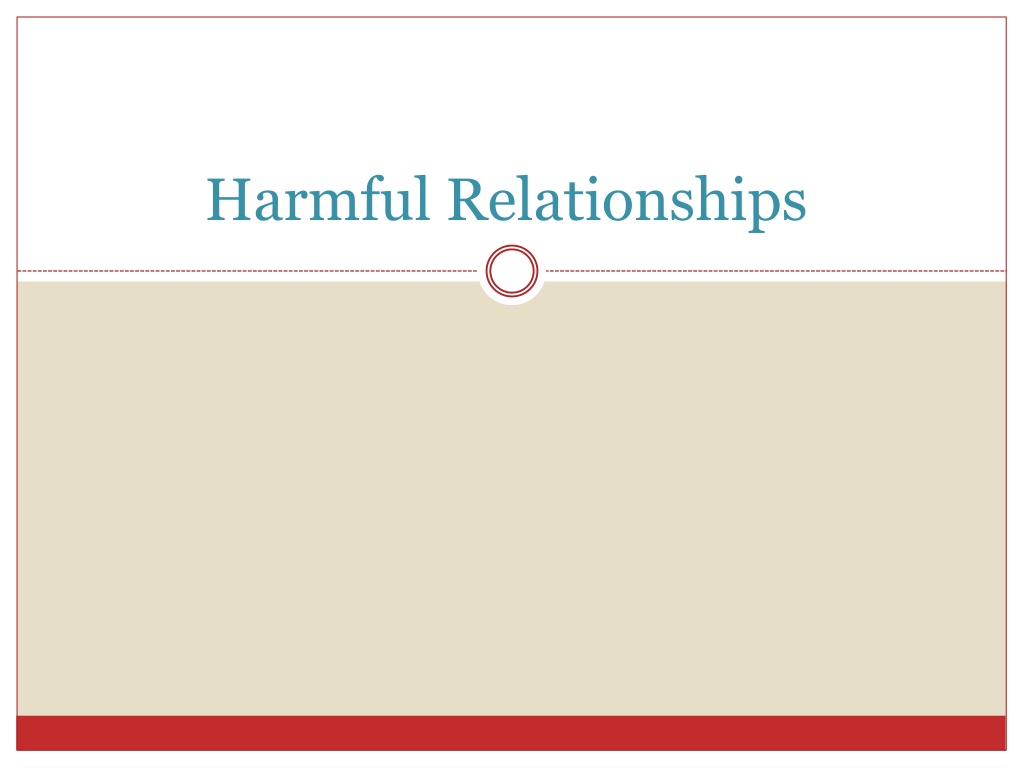
 undefined
undefined










